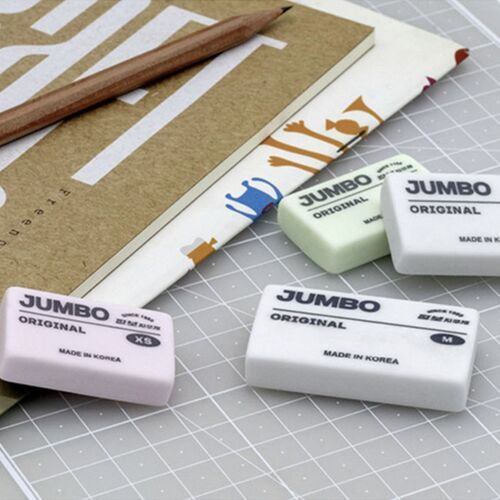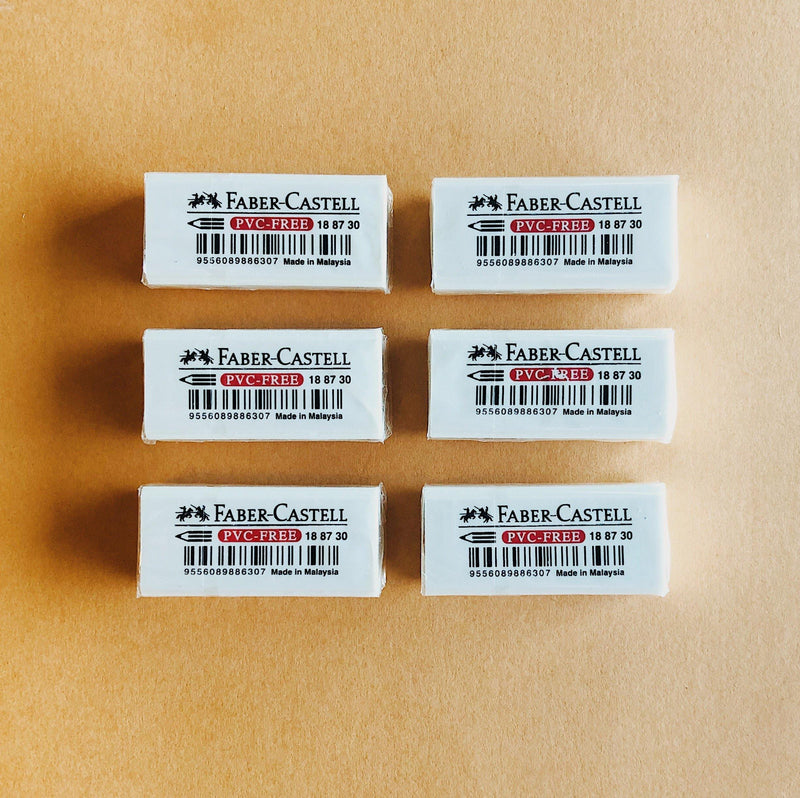Introduction
Erasers are humble yet essential tools that aid in correcting mistakes and refining the precision of written or drawn work. While commonly associated with school supplies, eraser come in various forms and compositions tailored to specific applications. In this comprehensive exploration, we delve into the intricate chemistry and materials that constitute erasers, shedding light on their diverse functionalities and unique properties.
The Origins and Evolution of Erasers
The concept of erasing dates back centuries, with early civilizations using rudimentary tools like pumice stones, wax tablets, and damp sponges to remove markings on surfaces. The modern eraser, as we know it today, emerged in the 18th century when British engineer Edward Nairne discovered the erasing properties of natural rubber. This breakthrough laid the foundation for the mass production of rubber erasers, revolutionizing the way errors were corrected in writing and drawing.
Natural Rubber Erasers: A Timeless Classic
Natural rubber erasers, also known as gum erasers, remain a popular choice due to their effectiveness in erasing pencil marks without smudging or damaging paper. These erasers are composed primarily of natural rubber latex, harvested from rubber trees, which imparts elasticity and softness to the material. Additional components such as sulfur, vulcanizing agents, and fillers are blended to enhance the eraser’s durability and erasing capabilities. The pliability of natural rubber erasers allows for precise and gentle corrections, making them a staple in classrooms, offices, and art studios.
Synthetic Rubber Erasers: Innovation and Versatility
In response to the growing demand for erasers with specific characteristics, synthetic rubber erasers have been developed to cater to diverse needs. Synthetic rubbers such as styrene-butadiene rubber (SBR) and polyvinyl chloride (PVC) are widely used in eraser manufacturing for their customizable properties and performance attributes. By adjusting the formulation and additives, manufacturers can tailor synthetic rubber erasers to exhibit varying levels of abrasiveness, hardness, and smudge resistance, catering to different writing instruments and surfaces.
Plastic Erasers: Precision and Longevity
Plastic erasers, also known as vinyl erasers, have gained popularity for their precision erasing capabilities and extended lifespan. Composed of thermoplastic polymers like polyvinyl chloride (PVC) or polyethylene, plastic erasers feature a firmer texture compared to rubber erasers, allowing for more controlled and detailed corrections. The molecular structure of plastic erasers enables them to lift graphite and ink particles from paper surfaces efficiently, leaving behind minimal residue. Additionally, the durability of plastic erasers makes them ideal for frequent use without compromising erasing performance.
Kneaded Erasers: Malleability and Artistic Expression
Kneaded erasers stand out as a unique type of eraser favored by artists, illustrators, and draftsmen for their malleability and versatility. Unlike traditional erasers, kneaded erasers are composed of pliable gum-like compounds that can be shaped and molded to suit specific erasing needs. Artists use kneaded erasers to create highlights, blend tones, and erase fine details with precision. The adhesive nature of kneaded erasers enables them to pick up charcoal, pastel, and pencil marks effectively, making them an indispensable tool for creative expression and artistic experimentation.
Abrasive Erasers: Specialized Cleaning and Restoration
In certain applications where conventional erasers may not suffice, abrasive erasers offer a more aggressive approach to cleaning and restoration. Made of abrasive materials such as corundum, silicon carbide, or aluminum oxide, these erasers are designed to remove stubborn marks, stains, and residue from surfaces like paper, plastic, and metal. Abrasive erasers are commonly used in conservation work, restoration projects, and specialized cleaning tasks where delicate or porous materials require gentle yet effective cleaning solutions.
Innovations in Eraser Technology: From Smart Erasers to Eco-Friendly Alternatives
As technology advances, eraser manufacturers are exploring innovative solutions to enhance erasing efficiency, sustainability, and user experience. Smart erasers embedded with sensors or microchips can provide real-time feedback on erasing pressure, duration, and effectiveness, optimizing the erasing process for users. Furthermore, eco-friendly erasers made from biodegradable materials like natural rubber, recycled plastics, or plant-based compounds are gaining traction as sustainable alternatives to traditional erasers, reducing environmental impact and promoting responsible consumption.
Conclusion
Erasers may seem like simple tools, but their composition and design reflect a rich tapestry of materials science, chemistry, and engineering. From the natural elasticity of rubber erasers to the precision of plastic erasers and the artistic flexibility of kneaded erasers, each type offers unique benefits tailored to specific tasks and preferences. As eraser technology continues to evolve, incorporating innovative materials, designs, and functionalities, the humble eraser remains an indispensable companion in the realm of creativity, precision, and error correction.

